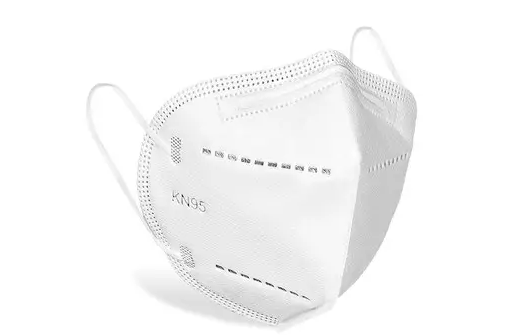What do I need to know about operating the Mask respiratory resistance tester?

Mask respiratory resistance tester, also known as fabric air resistance tester, is mainly used to determine the air penetration resistance of textiles and wadding, space cotton, etc. It is one of the important means to identify the comfort and hygiene of clothing and textiles, especially medical textiles. It is widely used in polymer material production enterprises, printing and dyeing industry enterprises, textile inspection departments, scientific research units, textile colleges and universities, etc.
Features:
Smart touch screen control panel
PLC control system, more GX and more reliable, programmable 7-inch color LCD touch screen, realize control, detection, calculation, data display and other functions.
Imported accessories
The instrument is equipped with a large-flow imported flowmeter with high precision, good data repeatability and stable performance.
Oversized power pump clamps are interchangeable
The instrument is equipped with an evacuation pump with super power, and the fixture is equipped with various types of test fixtures for selection, which can meet various test requirements. In addition, it is equipped with overload protection and leakage protection, which is safe and reliable.

Applicable standard:
EN149-2009 section 7.15, 8.3.4,
EN 13274-3,
GB 19083,
GB 2626,
NIOSH 42 CFR Part 84,
JIS/T 8151
What should I pay attention to when operating the Mask sensitivity resistance tester?
1. During the test, if the air compressor starts frequently, it indicates that the gas loss is large, which is normal.
2. If the word "ERROR" appears on the air flow resistance display table after the test, it means that the air resistance of the sample has exceeded the set value of 500Pa, and the "Test End" button must be pressed immediately to protect the instrument.
3. All parameters of the air flow resistance display table have been set, and non professional maintenance personnel are not allowed to modify without authorization.
4. The flowmeter must be used within the flow range, and it is strictly prohibited to use it beyond the range.
5. If too much dust and impurities are found on the rotor in the flowmeter, affecting the reading accuracy, open the back cover plate of the instrument, open the manual ball valve in the box, and then connect the air source to clean the flowmeter. (In normal use, the ball valve in the box must be closed.)
6. The regulating valve not shown in the instrument manual shall not be adjusted during the test.
2023-01-03 10:42

